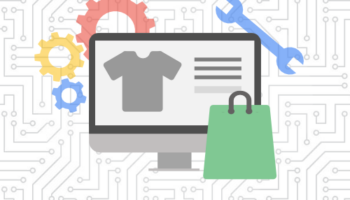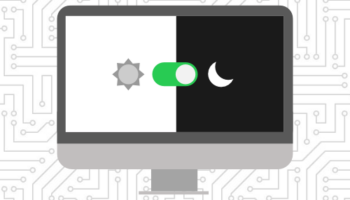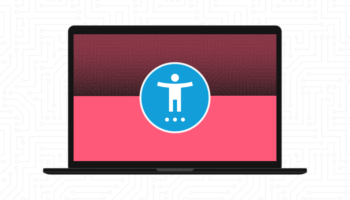What are landing pages and why do we use them?
In the most basic sense, landing pages are any pages that a user can access on a section of the website by clicking on a call-to-action from your site, a previous search or link, or an external site. Digging deeper, they are dedicated pages designed specifically for marketing campaigns to generate leads. These pages are different from the homepage as the homepage should highlight your overall brand with navigation to other sections of the site. They should also not be confused with click-through pages, which typically have the same end goal – lead generation, but have extra steps involved and more than one page.
How do we build a good landing page?
You are probably wondering what the most important parts – or elements – of a landing page are and why each part is necessary. I will highlight a breakdown of these elements so that you may have a better understanding of landing page sections and how to get the most out of using them.
The Headliner
Defining your head/tag-line: This is the first thing the user should see. Does your headline grab their attention? Is it clear what you’re offering? This language should match what the visitor initially clicked on. Higher bounce rates and ultimately lower conversion rates can occur when pre-click language doesn’t match landing page language, so be sure to tailor the headline equally.
The Message
Quality of the message: Does your content clearly state what you want the visitor to know about? Your message should be straightforward by highlighting what the user’s problem is and providing them with the solution – your product or service. This could include a summary or bullet list of the benefits you are offering. It is important here to be succinct and apply an explanation of real value that fulfills your visitor’s needs.
Additionally, as with the headline, is your content working parallel with the original ad or link content? The landing page should reveal the same relevant keywords you’re bidding on and resonate with your target audience.
The Imagery
Persuasive Imagery: All too often we see content that reflects little effort or has too much going on that the user doesn’t understand the focus, thus finding no value in the landing page itself. Using visuals that connect with your visitors are extremely important. These visuals should detail what you are offering, so try to avoid stock photos unless they are definitely relevant. Videos can also provide great value if they demonstrate your product, services, or brand as a whole.
The Call-to-Action
Now that your user has landed, what do you want them to do? This should be as clear as day whether it be to call you, get a free quote or to inquire via a form. Whatever goal you are trying to achieve should happen here. This is where your visitor will be interacting with your page. Make its location apparent and effortless to complete. Furthermore, adding more than one CTA can be beneficial. It offers visitors in different stages of the funnel the ability to pick the option that suits them rather than losing them altogether.
Additional Options
Testimonials/Reviews: A way to back your reputation and show you provide value could be to highlight testimonials from other customers or highlight the number of people or companies your services have provided benefit to. Social proof details a strong example that your product or service is something worth investing in. Be sure to link to the social proof if you can as this will increase trustworthiness.
Testing: If you’d like to add additional ways of maximizing landing page potential, consider A/B Testing. A good way to test your landing page’s success is to put it through user testing. By creating different types of landing pages, you can test which offer works the best on conversion.





